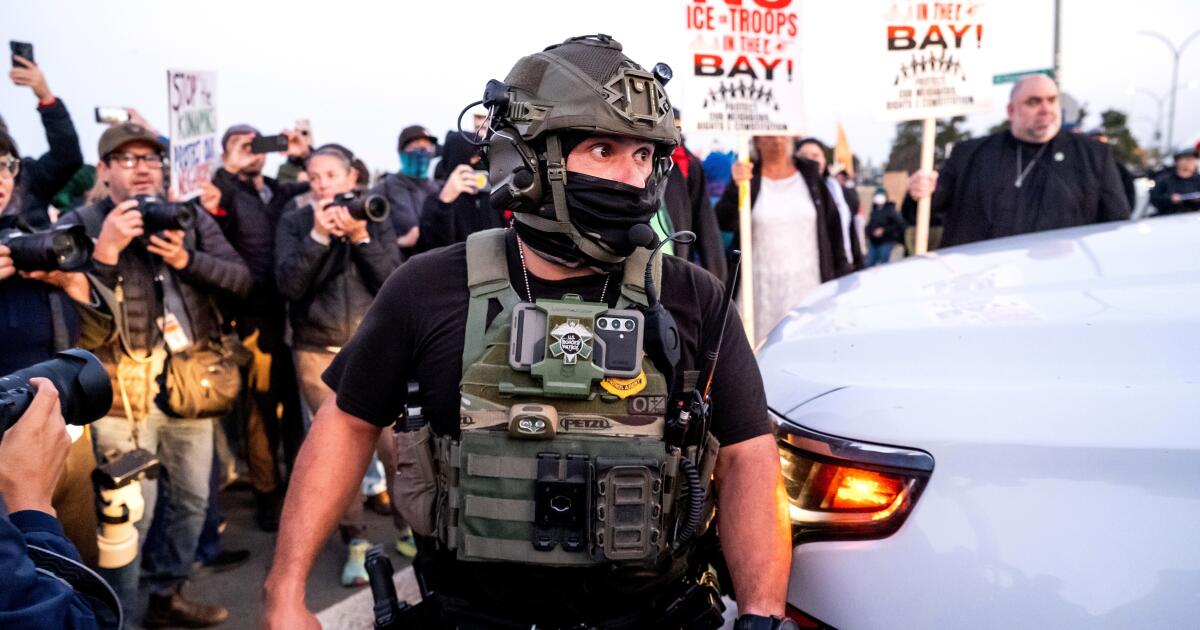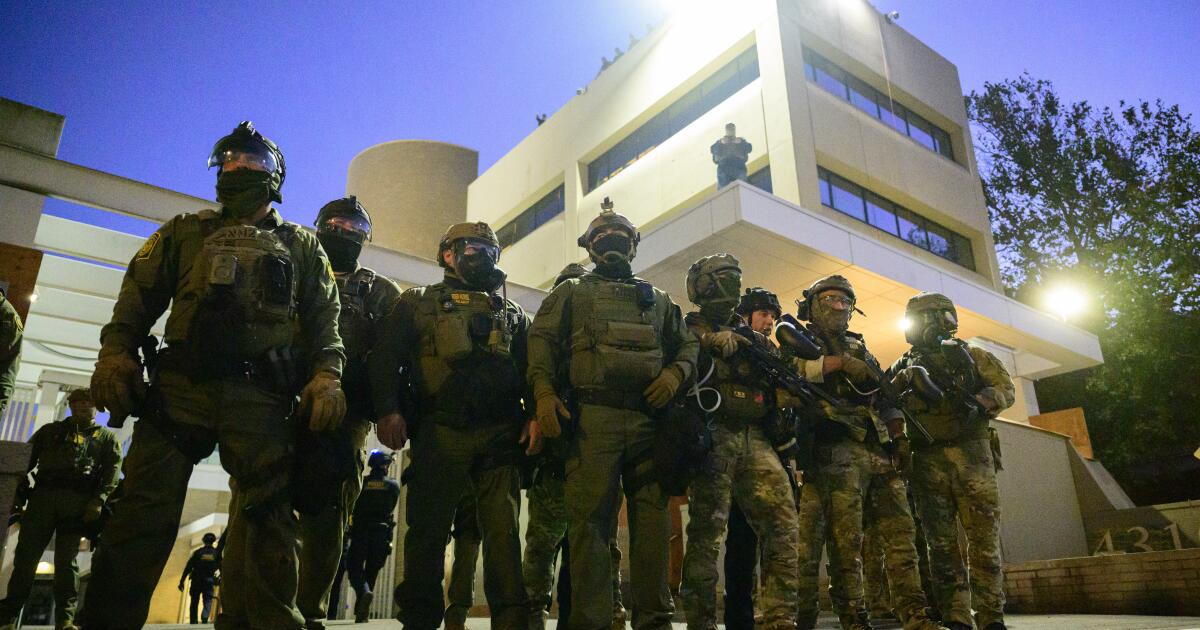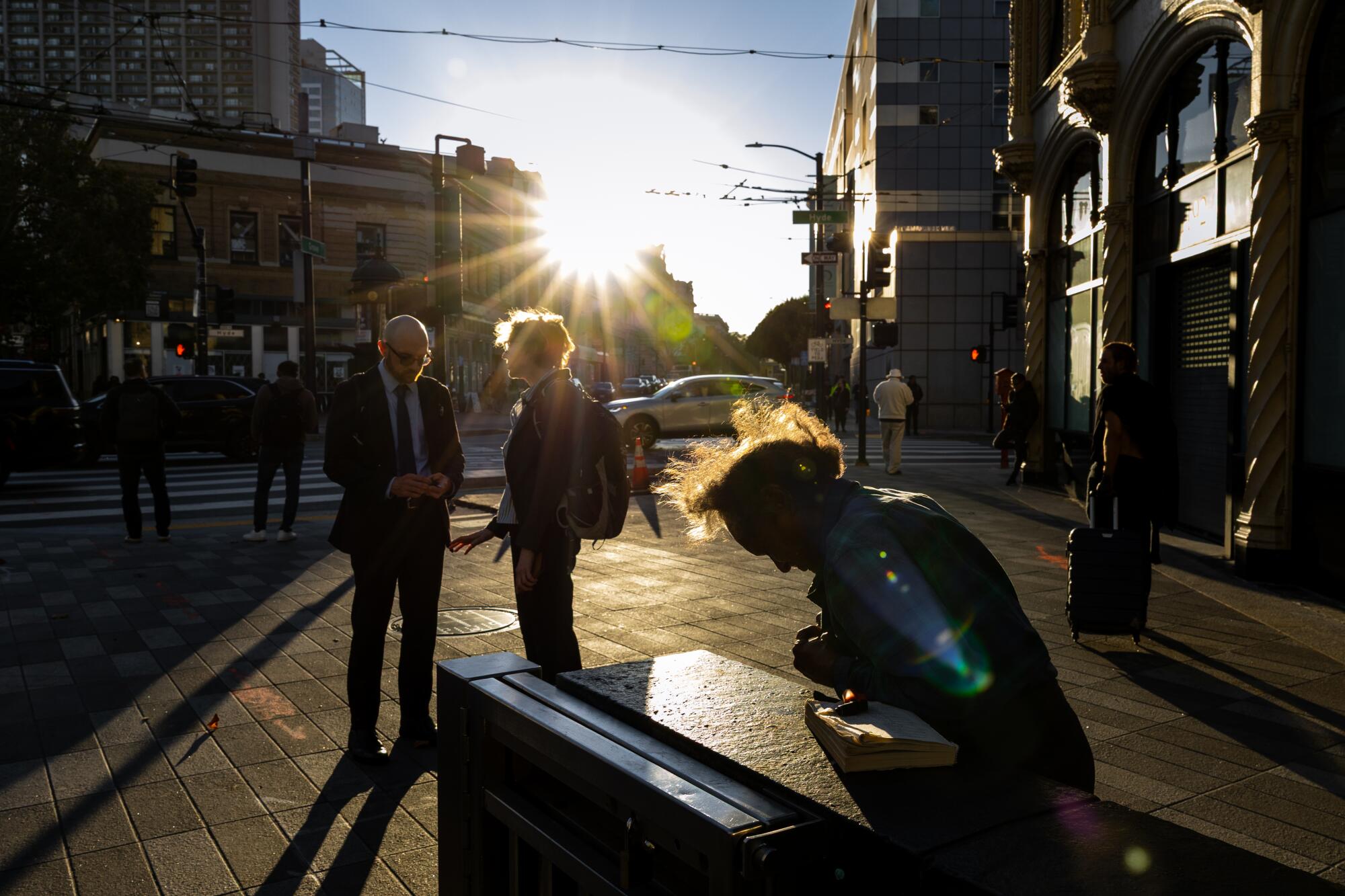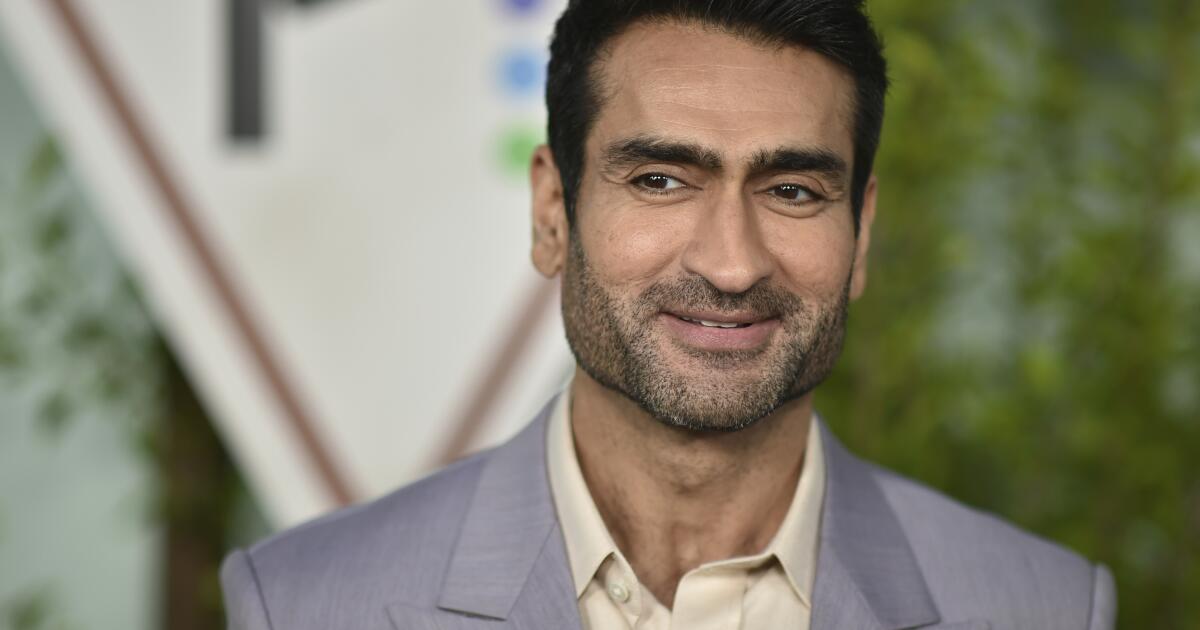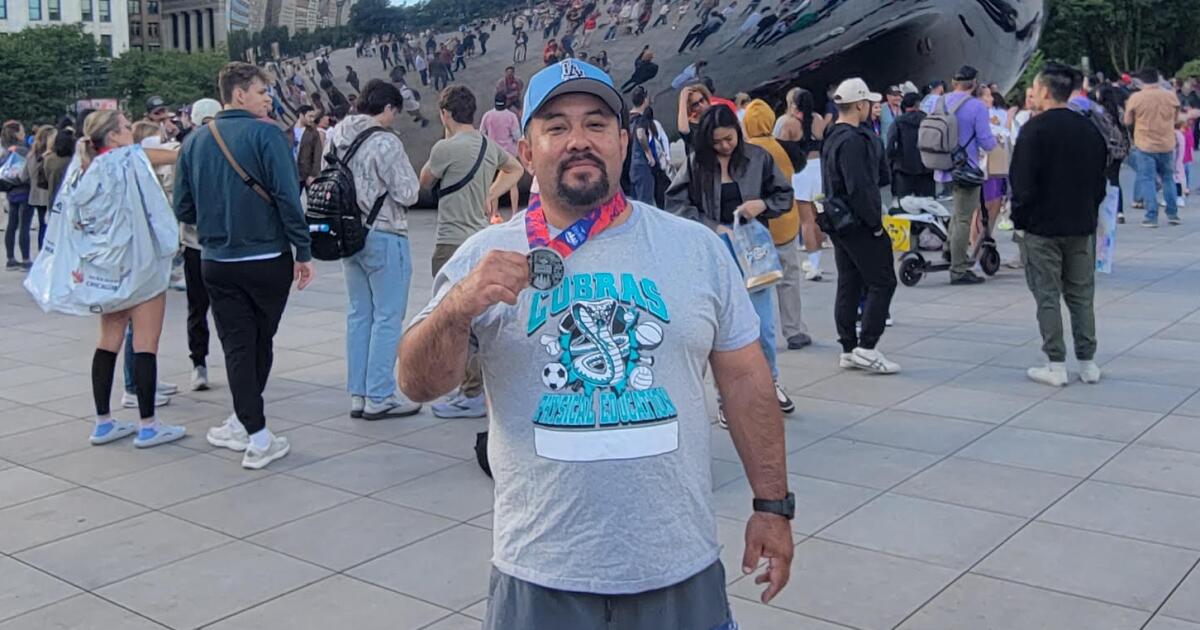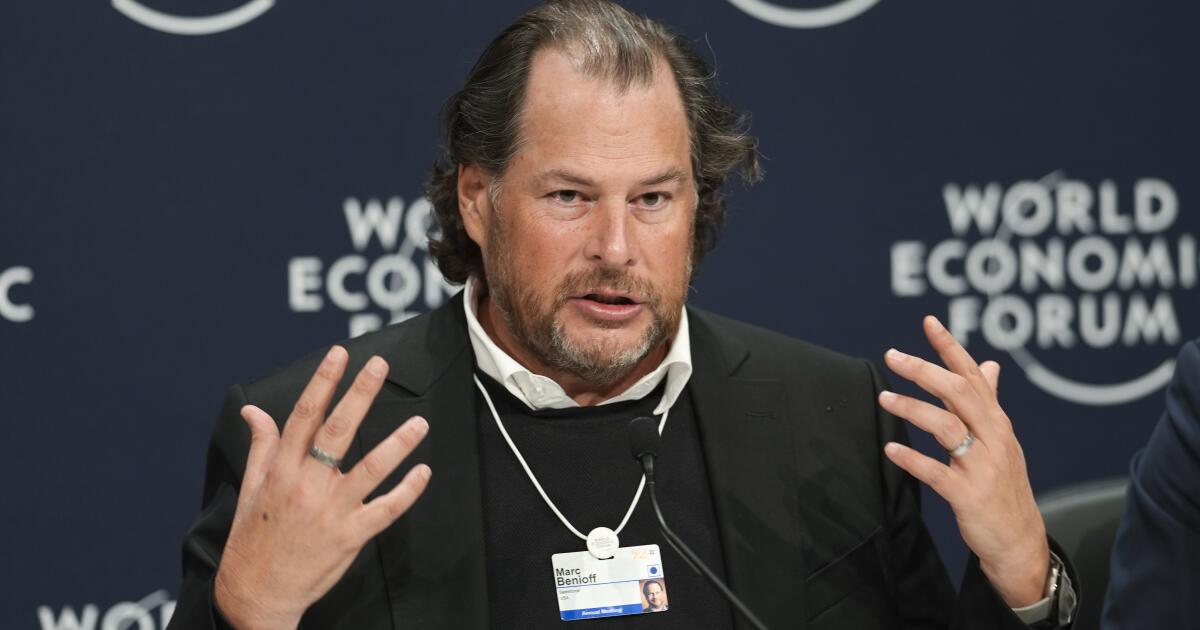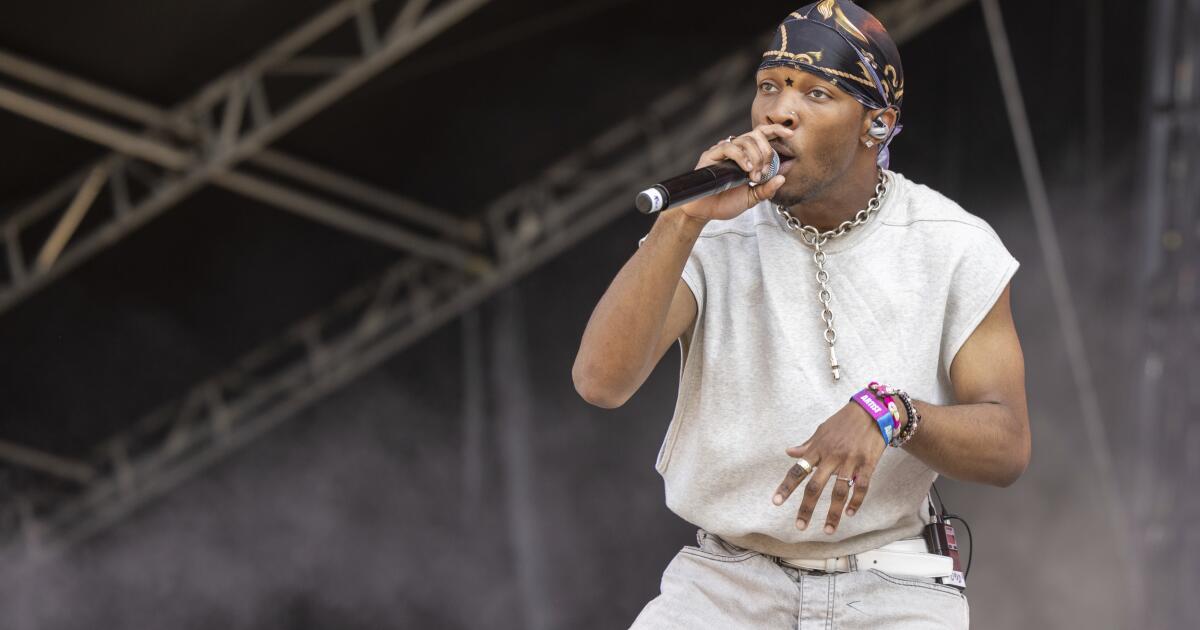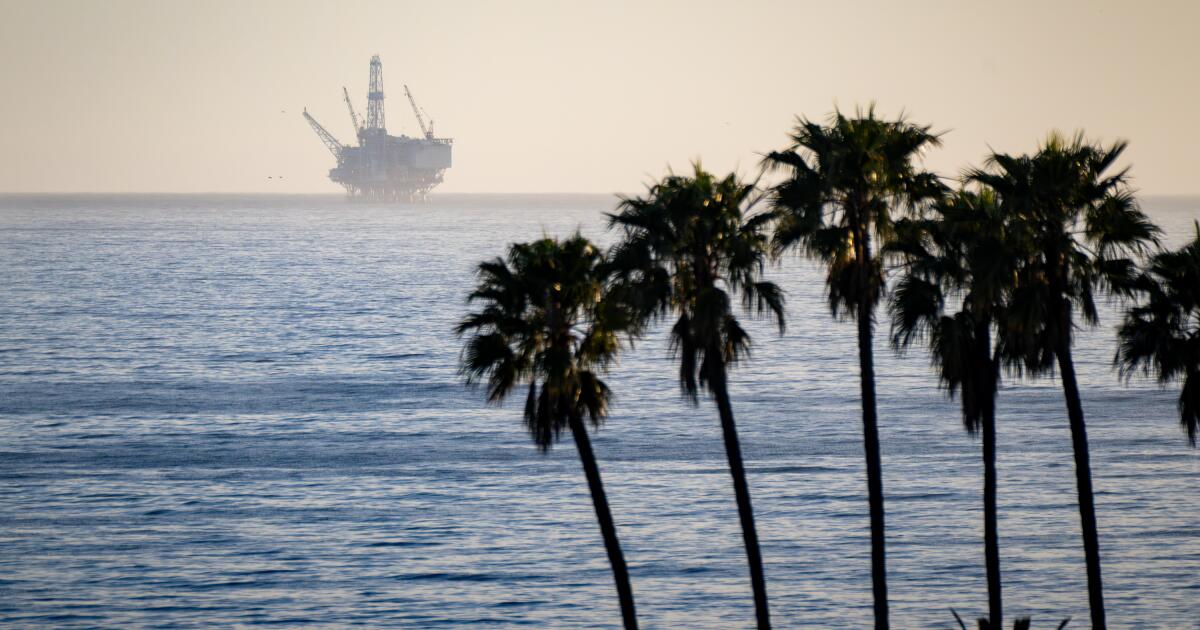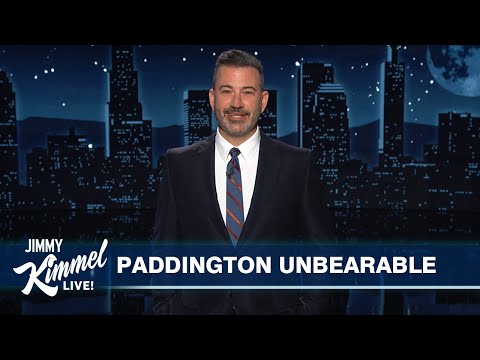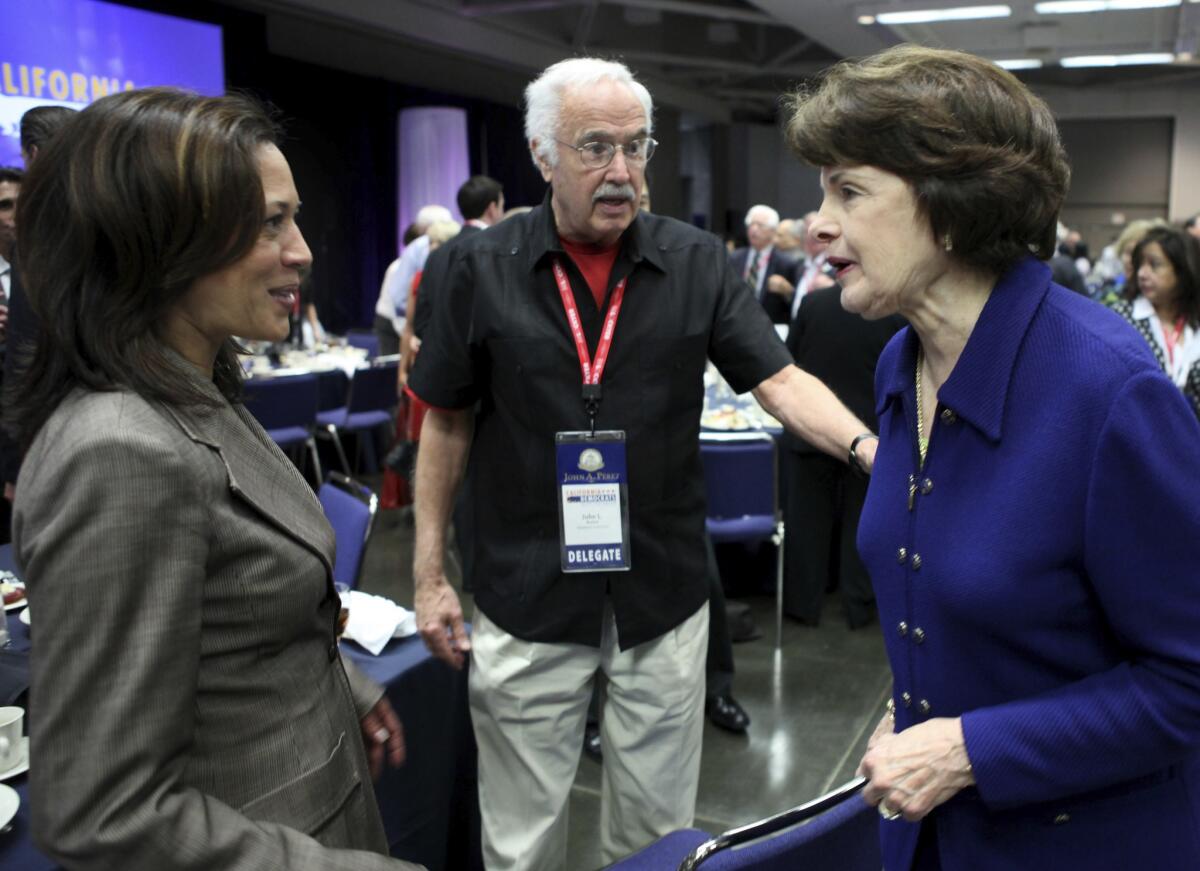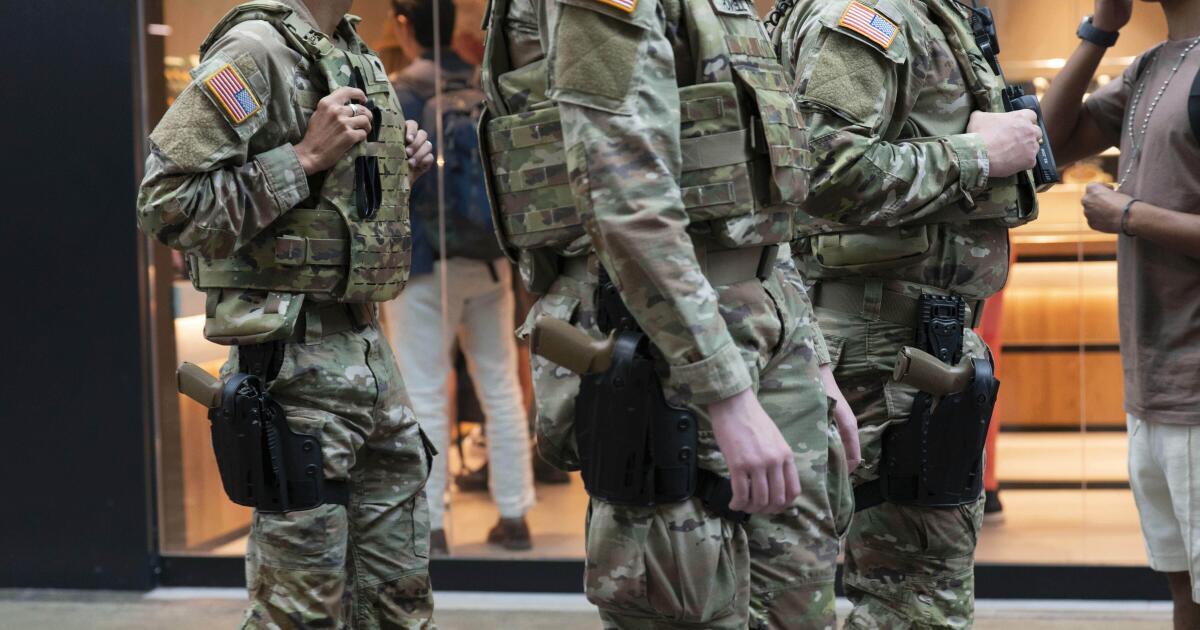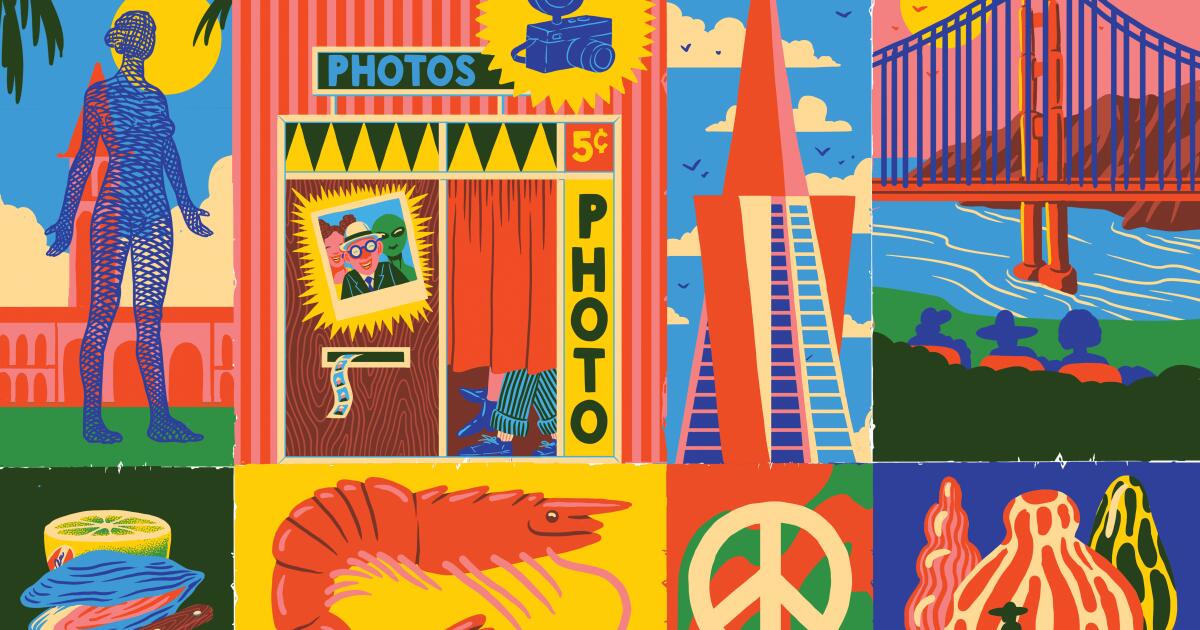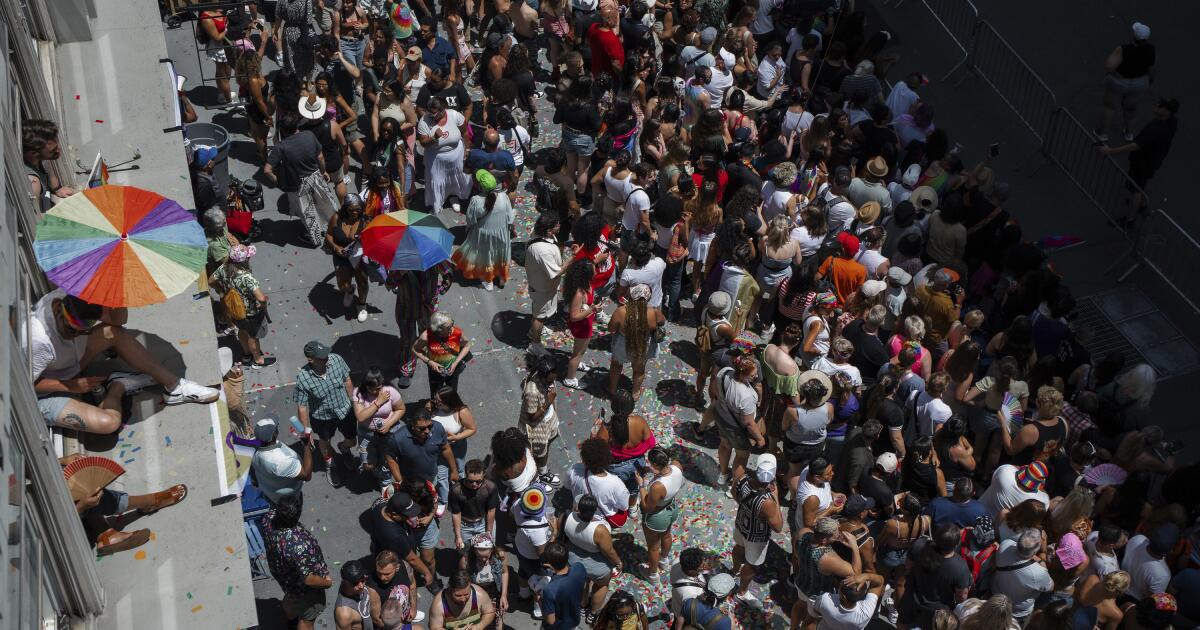Rep. Nancy Pelosi, trailblazing Democratic leader from San Francisco, won’t seek reelection
SAN FRANCISCO — Rep. Nancy Pelosi, a trailblazing San Francisco Democrat who leveraged decades of power in the U.S. House to become one of the most influential political leaders of her generation, will not run for reelection in 2026, she said Thursday.
The former House speaker, 85, who has been in Congress since 1987 and oversaw both of President Trump’s first-term impeachments, had been pushing off her 2026 decision until after Tuesday’s vote on Proposition 50, a ballot measure she backed and helped bankroll to redraw California’s congressional maps in her party’s favor.
With the measure’s resounding passage, Pelosi said it was time to start clearing the path for another Democrat to represent San Francisco — one of the nation’s most liberal bastions — in Congress, as some are already vying to do.
“With a grateful heart, I look forward to my final year of service as your proud representative,” Pelosi said in a nearly six-minute video she posted online Thursday morning, in which she also recounted major achievements from her long career.
Pelosi did not immediately endorse a would-be successor, but challenged her constituents to stay engaged.
“As we go forward, my message to the city I love is this: San Francisco, know your power,” she said. “We have made history, we have made progress, we have always led the way — and now we must continue to do so by remaining full participants in our democracy, and fighting for the American ideals we hold dear.”
Pelosi’s announcement drew immediate reaction across the political world, with Democrats lauding her dedication and accomplishments and President Trump, a frequent target and critic of hers, ridiculing her as a “highly overrated politician.”
Pelosi has not faced a serious challenge for her seat since President Reagan was in office, and has won recent elections by wide margins. Just a year ago, she won reelection with 81% of the vote.
-
Share via
However, Pelosi was facing two hard-to-ignore challengers from her own party in next year’s Democratic primary: state Sen. Scott Wiener (D-San Francisco), 55, a prolific and ambitious lawmaker with a strong base of support in the city, and Saikat Chakrabarti, 39, a Democratic political operative and tech millionaire who is infusing his campaign with personal cash.
Their challenges come amid a shifting tide against gerontocracy in Democratic politics more broadly, as many in the party’s base have increasingly questioned the ability of its longtime leaders — especially those in their 70s and 80s — to sustain an energetic and effective resistance to President Trump and his MAGA agenda.
In announcing his candidacy for Pelosi’s seat last month after years of deferring to her, Wiener said he simply couldn’t wait any longer. “The world is changing, the Democratic Party is changing, and it’s time,” he said.
Chakrabarti — who helped Rep. Alexandria Ocasio-Cortez (D-N.Y.) topple another older Democratic incumbent with a message of generational change in 2018 — said voters in San Francisco “need a whole different approach” to governing after years of longtime party leaders failing to deliver.
In an interview Thursday, Wiener called Pelosi an “icon” who delivered for San Francisco in more ways than most people can comprehend, with whom he shared a “deep love” for the city. He also recounted, in particular, Pelosi’s early advocacy for AIDS treatment and care in the 1980s, and the impact it had on him personally.
“I remember vividly what it felt like as a closeted gay teenager, having a sense that the country had abandoned people like me, and that the country didn’t care if people like me died. I was 17, and that was my perception of my place in the world,” Wiener said. “Nancy Pelosi showed that that wasn’t true, that there were people in positions of power who gave a damn about gay men and LGBTQ people and people living with HIV and those of us at risk for HIV — and that was really powerful.”
Chakrabarti, in a statement Thursday, thanked Pelosi for her “decades of service that defined a generation of politics” and for “doing something truly rare in Washington: making room for the next one.”
While anticipated by many, Pelosi’s decision nonetheless reverberated through political circles, including as yet another major sign that a new political era is dawning for the political left — as also evidenced by the stunning rise of Zohran Mamdani, the 34-year-old democratic socialist elected Tuesday as New York City’s next mayor.
Known as a relentless and savvy party tactician, Pelosi had fought off concerns about her age in the past, including when she chose to run again last year. The first woman ever elected speaker in 2007, Pelosi has long cultivated and maintained a spry image belying her age by walking the halls of Congress in signature four-inch stilettos, and by keeping up a rigorous schedule of flying between work in Washington and constituent events in her home district.
However, that veneer has worn down in recent years, including when she broke her hip during a fall in Europe in December.
That occurred just after fellow octogenarian President Biden sparked intense speculation about his age and cognitive abilities with his disastrous debate performance against Trump in June of last year. The performance led to Biden being pushed to drop out of the race — in part by Pelosi — and to Vice President Kamala Harris moving to the top of the ticket and losing badly to Trump in November.
Democrats have also watched other older liberal leaders age and die in power in recent years, including the late Justice Ruth Bader Ginsburg and the late Sen. Dianne Feinstein, another San Francisco power player in Washington. When Ginsburg died in office at 87, it handed Trump a third Supreme Court appointment. When Feinstein died in office ill at 90, it was amid swirling questions about her competency to serve.
By bowing out of the 2026 race, Pelosi — who stepped down from party leadership in 2022 — diminished her own potential for an ungraceful last chapter in office. But she did not concede that her current effectiveness has diminished one bit.
Pelosi was one of the most vocal and early proponents of Proposition 50, which amends the state constitution to give state Democrats the power through 2030 to redraw California’s congressional districts in their favor.
The measure was in response to Republicans in red states such as Texas redrawing maps in their favor, at Trump’s direction. Pelosi championed it as critical to preserving Democrats’ chances of winning back the House next year and checking Trump through the second half of his second term, something she and others suggested will be vital for the survival of American democracy.
On Tuesday, California voters resoundingly approved Proposition 50.
In her video, Pelosi noted a litany of accomplishments during her time in office, crediting them not to herself but to her constituents, to labor groups, to nonprofits and private entrepreneurs, to the city’s vibrant diversity and flair for innovation.
She noted bringing federal resources to the city to recover after the Loma Prieta earthquake, and San Francisco’s leading role in tackling the devastating HIV/AIDS crisis through partnerships with UC San Francisco and San Francisco General, which “pioneered comprehensive community based care, prevention and research” still used today.
She mentioned passing the Ryan White CARE Act and the Affordable Care Act, building out various San Francisco and California public transportation systems, building affordable housing and protecting the environment — all using federal dollars her position helped her to secure.
“It seems prophetic now that the slogan of my very first campaign in 1987 was, ‘A voice that will be heard,’ and it was you who made those words come true. It was the faith that you had placed in me, and the latitude that you have given me, that enabled me to shatter the marble ceiling and be the first woman speaker of the House, whose voice would certainly be heard,” Pelosi said. “It was an historic moment for our country, and it was momentous for our community — empowering me to bring home billions of dollars for our city and our state.”
After her announcement, Trump ridiculed her, telling Fox News that her decision not to seek reelection was “a great thing for America” and calling her “evil, corrupt, and only focused on bad things for our country.”
“She was rapidly losing control of her party and it was never coming back,” Trump told the outlet, according to a segment shared by the White House. “I’m very honored she impeached me twice, and failed miserably twice.”
The House succeeded in impeaching Trump twice, but the Senate acquitted him both times.
Pelosi’s fellow Democrats, by contrast, heaped praise on her as a one-of-a-kind force in U.S. politics — a savvy tactician, a prolific legislator and a mentor to an entire generation of fellow Democrats.
Sen. Adam Schiff (D-Calif.), a longtime Pelosi ally who helped her impeach Trump, called Pelosi “the greatest Speaker in American history” as a result of “her tenacity, intellect, strategic acumen and fierce advocacy.”
“She has been an indelible part of every major progressive accomplishment in the 21st Century — her work in Congress delivered affordable health care to millions, created countless jobs, raised families out of poverty, cleaned up pollution, brought LGBTQ+ rights into the mainstream, and pulled our economy back from the brink of destruction not once, but twice,” Schiff said.
Gov. Gavin Newsom said Pelosi “has inspired generations,” that her “courage and conviction to San Francisco, California, and our nation has set the standard for what public service should be,” and that her impact on the country was “unmatched.”
“Wishing you the best in this new chapter — you’ve more than earned it,” Newsom wrote above Pelosi’s online video.


